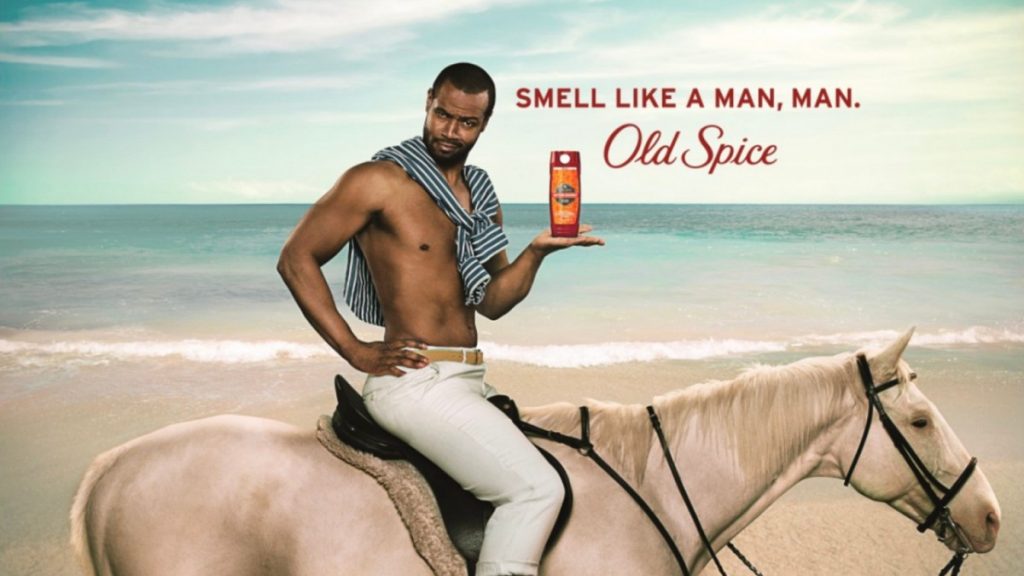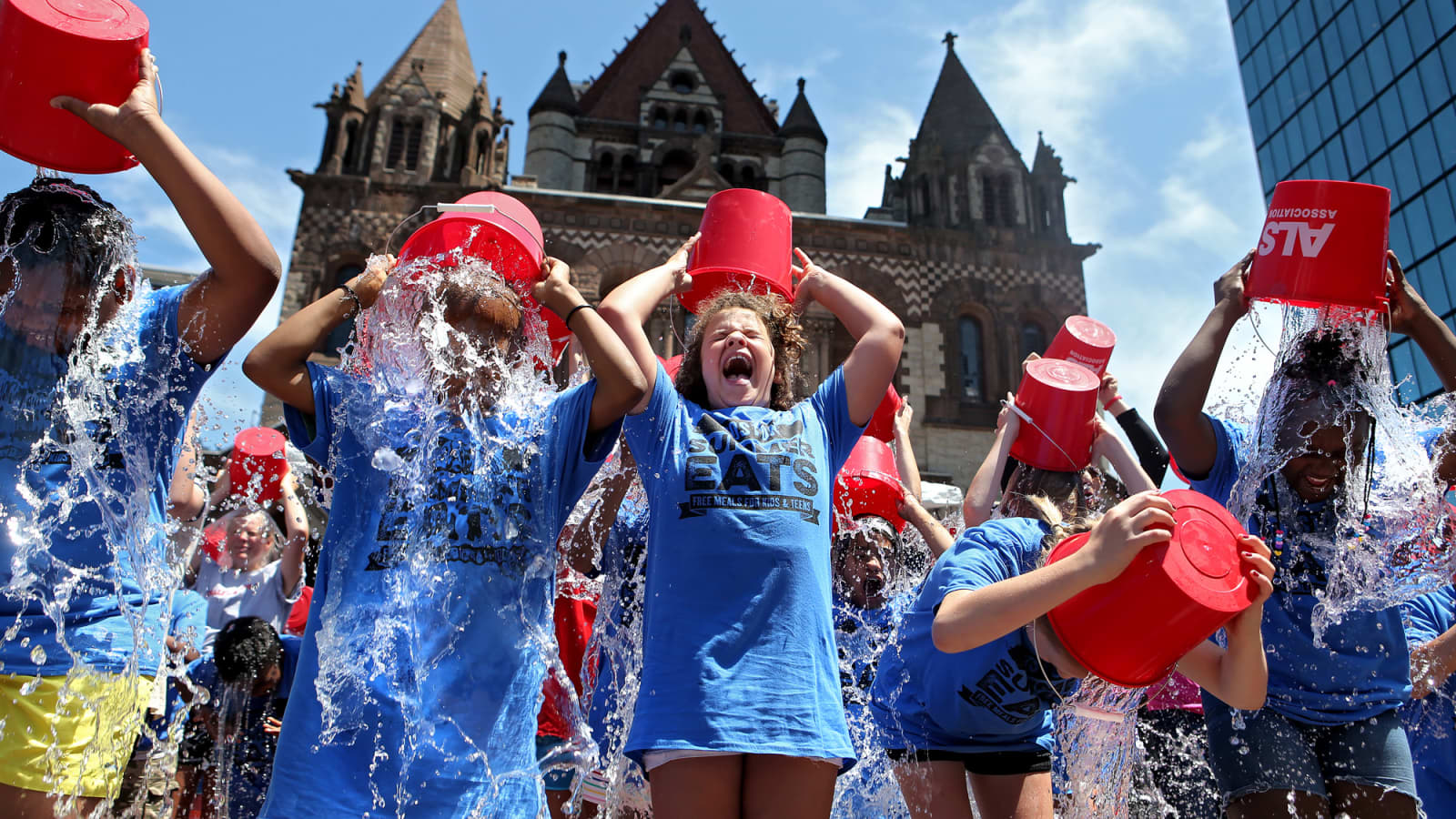In 2023, viral marketing is more important than ever. Brands and marketers strive to create campaigns that resonate with audiences and have the potential to go viral amidst constant digital engagement and changing social media trends.
As per Statista’s report, social media platforms serve as the main channel for viral content. In 2021, the global user base exceeded 4.26 billion, with projections indicating a rise to nearly six billion by 2027.
Brands have recognized this colossal audience and are leveraging viral marketing strategies to cut through the noise, increase brand awareness, and drive user engagement. In a conversational tone, it’s like throwing a bottle into the sea, but instead of reaching one person, it reaches millions in a blink and everyone is talking about your message.
Viral marketing is a low-cost strategy that brands rely on for maximum reach and ROI. It involves creating content that inspires social media users to share with their networks, leading to the rapid spread of the message without any additional costs.
In this piece, we will delve into the various types of viral marketing techniques and discuss how you can leverage them to promote your brand in 2023.
Table of Contents
What is Viral Marketing?
Viral marketing is a form of digital marketing that leverages existing social networks to increase brand awareness and sales. It involves creating content – such as videos, images, articles, or stories – that has the potential to go viral due to its interesting nature. Such content quickly gains traction by being shared multiple times on social media platforms like Facebook, Twitter, Instagram and YouTube.
Viral marketing is a type of marketing that encourages people to share a message or piece of content with their friends and social networks. The goal of viral marketing is to create a “buzz” around a product or service, which can help promote brand awareness and sales.
One of the most famous examples of viral marketing is the “Hotmail effect.” Hotmail, now owned by Microsoft, was one of the first free web-based email services. To encourage people to try it out, Hotmail added a tagline to the end of every email sent from their service.
The tagline said, “Get your free email at Hotmail.” As more and more people started using Hotmail, they began forwarding emails to their friends, who would then sign up for the service. This helped Hotmail grow rapidly and become one of the most popular email services in the world.
Key Takeaways!
- Viral marketing is defined as a way of spreading information about a product or service from person to person, usually by word of mouth or sharing online.
- It can be an effective way to reach a large number of people quickly and cheaply, but it can also be risky if the message is not well-crafted or if it is off-brand.
- When done correctly, a successful viral marketing campaign can be a powerful tool for promoting a product or service. But it’s important to remember that viral marketing is not a guarantee of success – it’s just one piece of a larger marketing strategy.
Meaning of Successful Viral Campaigns
Viral marketing campaigns are designed to generate word-of-mouth marketing and encourage customers to share content with their friends and followers. These campaigns typically target a specific audience with viral content that is designed to be shared across social media platforms.
Viral marketing efforts usually work best when they are able to generate a large amount of buzz and interest from potential customers. There are a number of viral marketing tactics that can be used to achieve this goal, including creating viral videos, offering freebies and discounts, and holding contests or sweepstakes.
By using these strategies, viral marketing can be an effective way to reach a large number of people with your message. However, it is important to keep in mind that viral marketing campaigns can be very difficult to control, so it is important to carefully consider your goals and objectives before launching one.
Where Did Viral Marketing Originate?
The term viral marketing was first coined in the late 1990s, and it has been used to describe everything from online videos to email campaigns. The concept of viral marketing is simple: create a message or piece of content that is so compelling that people can’t help but share it with their friends.
The phrase “viral strategy” was first used in marketing in 1995, before the advent of digital marketing. For the launch of Sony Computer Entertainment’s PlayStation (now known as Sony Interactive Entertainment), Lorraine Ketch and Fred Satler, from Chiat / Day advertising in LA (now TBWA LA), led a strategy team that coined the term.
What should be the Characteristics of Viral Campaigns in 2023?
There is no one guaranteed recipe for viral success, but there are some common characteristics that many viral messages share. To create a viral message, you should try to make it:
1. Organic: Viral marketing relies on organic or natural growth to be successful. This means that the viral message must be compelling enough that people will want to share it without being asked.
2. Timely: A viral message must be timely to serve its purpose. This means that it should be relevant to current events, trends, or hot topics.
3. Bold: A viral message must be bold to stand out from the noise of the internet. This means that it should be eye-catching, attention-grabbing, and memorable.
4. Social Currency: A viral message must have social currency to become viral. This means that it should make people look good or feel good when they share it with their friends.
5. Triggers: A viral message must have triggers. This means that it should include elements that will remind people to share it with their friends.
6. Emotion: A viral message must evoke emotion for being viral right away. This means that it should make people feel something – whether it’s happiness, sadness, anger, or fear.
7. Stories: A viral message must be wrapped in a story in order to be successful. This means that it should be interesting, relatable, and easy to understand.
8. Practical Value: A viral message must have practical value to be result-driven. This means that it should offer useful information, tips, or advice that people can use in their lives.
9. Public: A viral message must be public. This means that it should be accessible to everyone – not just a small group of people.
How Viral Marketing Works
The viral marketing process can be divided into four distinct phases
1. Trigger: Something happens that gets people talking about the product or service. This could be a celebrity endorsement, a news event, or a viral video.
2. Amplification: The message is amplified through social media, email, and word-of-mouth.
3. Infection: The message begins to spread virally, reaching more and more people.
4. Conversion: Some of the people who have been exposed to the message take action, such as buying the product or signing up for the service.
Viral Marketing Techniques You Should Use in 2023
To make a brand, or campaign go viral, you may try the following techniques
1. Capture attention fast
In order to capture attention, your viral message must be eye-catching and attention-grabbing. Try using strong visuals, bold headlines, or shocking statistics.
2. Engage your audience
In order to engage your audience, you need to create content that is interesting and relevant to them. Try using humor, stories, or personal anecdotes.
3. Appeal to emotions
In order to appeal to emotions, you need to evoke a strong emotional reaction in your audience. Try using fear, happiness, or anger in your viral message.
4. Keep the message simple
In order to keep the message simple, you need to make sure that it is easy to understand and remember. Try using short sentences, bullet points, or infographics.
5. Set objectives
In order to set objectives, you need to determine what you want your viral message to achieve. Do you want to increase brand awareness? Drive sales? Get people talking about your product or service?
6. Appeal to target audiences
In order to appeal to target audiences, you need to create content that is specifically tailored for them. Try using demographic information, interests, or psychographic data.
7. Leverage strong visuals
In order to leverage strong visuals, you need to use images, videos, or infographics in your viral message. These visuals should be high-quality and attention-grabbing.
8. Champion creativity
In order to champion creativity, you need to come up with an original and creative viral message. This message should be unique, unexpected, and memorable.
9. Make emotional appeals
In order to make emotional appeals, you need to evoke a strong emotional reaction in your audience. Try using fear, happiness, or anger in your viral message.
10. Ensure content is easily shareable
In order to ensure that your content is easily shareable, you need to make sure it is available on multiple platforms and in multiple formats. Try using social media, email, or video.
11. Share your content at the right time
In order to share your content at the right time, you need to consider when your audience is most likely to be online. Try using social media analytics or web traffic data.
Advantages
There are many advantages of viral marketing, including the following:
- Reach: Viral campaigns have the potential to reach a large number of people quickly and easily.
- Cost: Viral campaigns are relatively inexpensive to create and distribute.
- Engagement: Viral campaigns can help to engage and connect with potential customers.
- Visibility: Viral campaigns can improve the visibility of your brand or product.
- Advocacy: People who share your viral message are effectively becoming advocates for your brand or product.
Disadvantages
There are also some disadvantages of viral marketing, including the following:
- Lack of control: Once a viral campaign is released, it can be difficult to control how it spreads and how people react to it.
- Negative reactions: Not all viral campaigns receive positive reactions from the public. In fact, some viral campaigns have been known to cause negative reactions, such as the viral marketing campaign for the movie “The Blair Witch Project”.
- Spam: Some viral messages can be seen as spam, especially if they are sent without the recipient’s permission.
- Infectiousness: In order for a viral campaign to be successful, it must be “infectious”, meaning that it must be able to spread quickly and easily from person to person.
- Timing: A viral campaign must be timed correctly in order to be successful. If a viral message is released too early or too late, it may not have the desired impact.
How Content Creators are Making Money via Viral Videos in 2023
Viral marketing seeks some out-of-the-box appeal that is contemporary and unique. Successful campaigns that have gone viral also helped their content creators make a good amount of money. Some of the ways that I’d suggest you to include in your content to make money from viral marketing campaigns are –
1. Use calls to action: Calls to action are a great way to increase the viral potential of your videos. By including a call to action in your video, you’re essentially telling viewers what you want them to do next.
2. Use social media: Social media is a great way to spread your videos far and wide. Try using platforms like Twitter, Facebook, or Instagram to promote your videos.
3. Use email: Email is another great way to share your videos with others. Try sending your video to friends, family, or colleagues and encourage them to share it with others.
4. Use paid advertising: Paid advertising can be an effective way to promote your videos and reach a larger audience. Try using platforms like Google AdWords or Facebook Ads to promote your videos.
5. Use viral video marketing: Viral video marketing is a great way to increase the reach and viral potential of your videos. By using viral video marketing, you’re essentially creating a buzz around your video that will help to promote it.
Difference Between Viral Marketing and Guerrilla Marketing
Guerrilla marketing is a type of marketing that focuses on low-cost, unconventional techniques to promote a product or service. Viral marketing is a type of marketing that uses social networks to promote a message.
The main difference between viral marketing and guerrilla marketing is that viral marketing uses social networks to spread a message while guerrilla marketing uses low-cost, unconventional techniques to promote a product or service.
Some common examples of viral marketing include creating online videos, using social media platforms to share content, and emailing friends and family members about a product or service. Some common examples of guerrilla marketing include flyering, street art, and product placement.
While viral marketing can be an effective way to reach a large number of people quickly, it can also be difficult to control. Guerrilla marketing is often seen as more controllable since it relies on low-cost, unconventional techniques.
Both viral marketing and guerrilla marketing can be effective ways to promote a product or service. However, it’s important to consider the pros and cons of each before deciding which type of marketing is right for your business.
When used correctly, viral marketing can be an incredibly effective way to reach a large number of people quickly and easily. However, there are also some disadvantages of viral marketing, including the lack of control and negative reactions from the public.
Guerrilla marketing is another type of marketing that can be effective, but it’s important to consider the pros and cons before deciding if it’s right for your business.
Examples of Most Viral Marketing Campaigns
1) Netflix – “Wednesday” Campaign
Netflix is an excellent example of a brand that utilizes viral marketing extremely well. Netflix decided to extend the Halloween spirit all the way to Christmas by promoting their new series “Wednesday,” a spin-off from “The Addams Family.” To create buzz around the show, Netflix’s marketing team employed a combination of stunt marketing, billboards, and social media.
The series revolves around Wednesday Addams, the eldest daughter of Gomez and Morticia Addams, portrayed by actress Jenna Ortega (known for her roles in “Scream 5,” “X,” and “American Carnage”).
As part of their promotional campaign, Netflix uploaded a video on YouTube featuring “Thing,” the disembodied hand that assists the Addams family and serves as Wednesday’s companion in the series. The video captured the startled reactions of pedestrians and commuters on the streets of New York.
Netflix shared a picture on its Twitter account of the Thing gripping a subway handrail with the message “Hang in There.” Meanwhile, the official Wednesday Addams Twitter account posted an image of the main character covered in blood, accompanied by the caption: “I enjoy kicking off my weekends with a nice blood bath.” The Netflix account became active in June.
2) Old Spice’s “The Man Your Man Could Smell Like”
In 2010, Old Spice released a viral marketing campaign called “The Man Your Man Could Smell Like”. The campaign featured a series of videos starring actor Isaiah Mustafa.
The videos were designed to appeal to men and show them that Old Spice was a brand that they could trust. The videos were incredibly popular, being viewed over 100 million times.
3) Dove Real Beauty Sketches
In 2013, Dove released a viral marketing campaign called “Real Beauty Sketches”. The campaign featured a series of videos that showed women being drawn by a sketch artist. The sketches were then compared to selfies that the same women had taken of themselves.
The campaign was designed to show that women are often their own worst critics and that they are more beautiful than they think. The videos were incredibly popular, being viewed over 115 million times.
4) Dollar Shave Club
In 2012, Dollar Shave Club released a viral marketing campaign called “Our Blades Are F***ing Great”. The campaign featured a video that showed the founder of the company, Michael Dubin, talking about how great their blades were.
The video was designed to appeal to men and show them that Dollar Shave Club was a company that they could trust.
The video went viral, and as a result, the company saw a huge uptick in sales and membership.
5) Ice Bucket Challenge
Another example is the ice bucket challenge, which was started in 2014 to raise awareness for ALS (amyotrophic lateral sclerosis).
The challenge involved people pouring a bucket of ice-cold water over their heads, and then nominating others to do the same.
The challenge went viral, with people all over the world taking part. As a result, awareness of ALS increased significantly, and the ice bucket challenge raised millions of dollars for research into the disease.
Conclusion!
Viral marketing can be a very effective way to reach a target audience, but it is important to carefully consider the approach and make sure that the campaign has a clear purpose. There have been many successful viral marketing campaigns, but there have also been some failures.
In order to make viral marketing work, it is important to understand the viral potential of the campaign and to create content that will appeal to the target audience. viral marketing can be a great way to reach a large number of people, but it is important to make sure that the campaign is planned and executed carefully.
What do you think are the most important factors for a successful viral marketing campaign? Let us know in the comments!
Liked this post? Check out the complete series on Marketing





